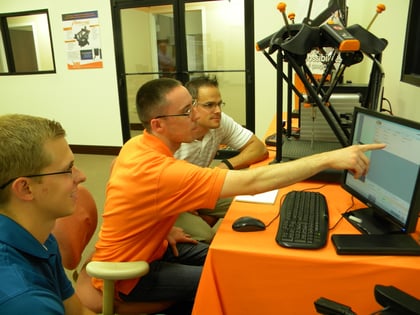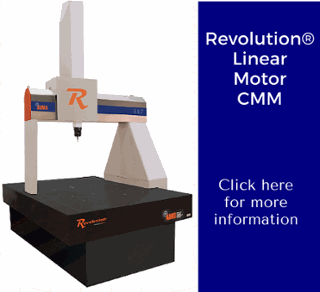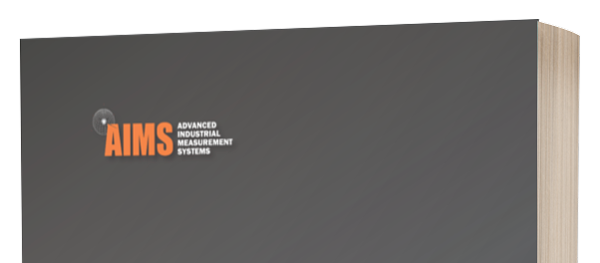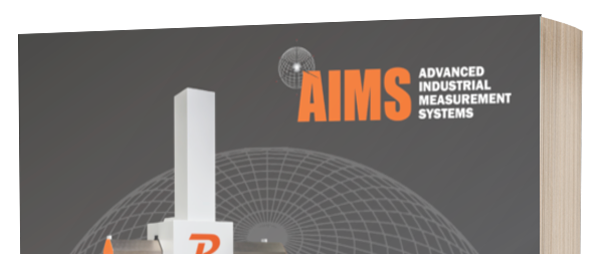When it comes to OEM service and support for coordinate measuring machines, it should be a no brainer right? Truth is, the only thing harder to find than a CMM programmer is a technician with the skill sets to calibrate and service a CMM. It’s an industry wide problem and it has left a lot of manufacturers high and dry. One of the contributing factors can be traced back to 2007 when dire stock predictions prompted large CMM companies to start shedding service technicians. Anticipation of a downturn in machine requirements led companies to reboot their bottom line by picking low hanging fruit [well-paid service technicians] first.
And since the Great Recession, most of these companies haven’t re-staffed to their original numbers. Customer feedback tells us that scheduling a service visit isn’t the problem; it’s getting a call back. And the cost of service has become prohibitive. I know of two manufacturers who decided to dump their OEM and let the machine fall into disrepair before getting rid of it and going with a different brand.
Before you invest in a CMM there are several things you can do to take the proverbial peek under the hood of a prospective equipment manufacturer and find out if their service and support stack up to their sales pitch. First, you need to get feedback from their existing customers. Ask your sales representative for a list of  customer contacts – individuals that would be willing to take your call and talk with you. Inevitably the rep will cherry pick a handful of people for you; but even those are sometimes willing to give you an honest evaluation. Another way to glean information about an OEM’s service and support track record is to monitor forums like www.cmmguys.com. And despite the digitized age we live in, word-of-mouth still carries a lot of weight among satisfied customers. You can also learn a lot by walking the exhibit floors of trade shows like IMTS [held in Chicago this year starting September 12]. Visit suppliers’ booths, be a fly on the wall and keep your ears open. If you see someone talking with a supplier, don’t be afraid to strike up a conversation once you see them head out of the booth. You may need to prime the pump a little by asking questions but you might be surprised what you can find out.
customer contacts – individuals that would be willing to take your call and talk with you. Inevitably the rep will cherry pick a handful of people for you; but even those are sometimes willing to give you an honest evaluation. Another way to glean information about an OEM’s service and support track record is to monitor forums like www.cmmguys.com. And despite the digitized age we live in, word-of-mouth still carries a lot of weight among satisfied customers. You can also learn a lot by walking the exhibit floors of trade shows like IMTS [held in Chicago this year starting September 12]. Visit suppliers’ booths, be a fly on the wall and keep your ears open. If you see someone talking with a supplier, don’t be afraid to strike up a conversation once you see them head out of the booth. You may need to prime the pump a little by asking questions but you might be surprised what you can find out.
In doing a little research of our own, we’ve had customers pose the question, “if the machines are rock solid, do you really need good service?” This line of thinking uncovers a secondary problem that makes service and support challenging these days. Employees tasked with performing calibration and other CMM tasks lack training and expertise. Consequently machines crash and the company finds itself on the hook for service and support once again.
Software is another key area to consider. A number of OEMs are changing their software packages without providing a migration path for customers with existing programs. If you have 10,000 programs in a million dollar machine and your OEM doesn’t provide utilities that can help you make the transition, you can count on making your investment again in a new software language.
But don’t think you are out of the woods even if you can afford to make the switch. New licensing practices mean companies can no longer purchase AutoCAD or CAD platforms. You can only buy the right to use the programs. And those of us who use Microsoft products for example, also know that bugs are typically inherent in each upgrade – a scenario that leads customers right back to the need for service and support.
Like software, it’s important to stay on top of your calibration maintenance schedule dates. Most CMMs run on a calibration cycle of one year. When scheduling your maintenance visit be sure to give yourself a lead time of at least 2 months or more because the waiting list for some companies can be up to 6 months. Missing your window for calibration means you could find yourself on the other end of an audit. If you can’t verify your products they have to be tagged as risk release components. If you happen to make aerospace parts and you are audited, you may have to recall all shipments and provide a 100 percent inspection.
So whether your software provider has left you holding the bag, or you need to replace an air line or repair a servo motor on your CMM – finding the right OEM boils down to rolling up your sleeves and doing some good, old-fashioned homework. These trends are most prevalent for companies that fall under $50 million in annual revenues and have 10 or fewer CMMs. We’re also seeing another trend emerge. OEMs are beginning to farm out their service and support to a third party. That’s something else you want to be on the lookout for. Or you could just check out an OEM like AIMS. We stand by our technology, make service and support a priority and as corny as it may sound in today’s hard-core business landscape – our word is our bond.


